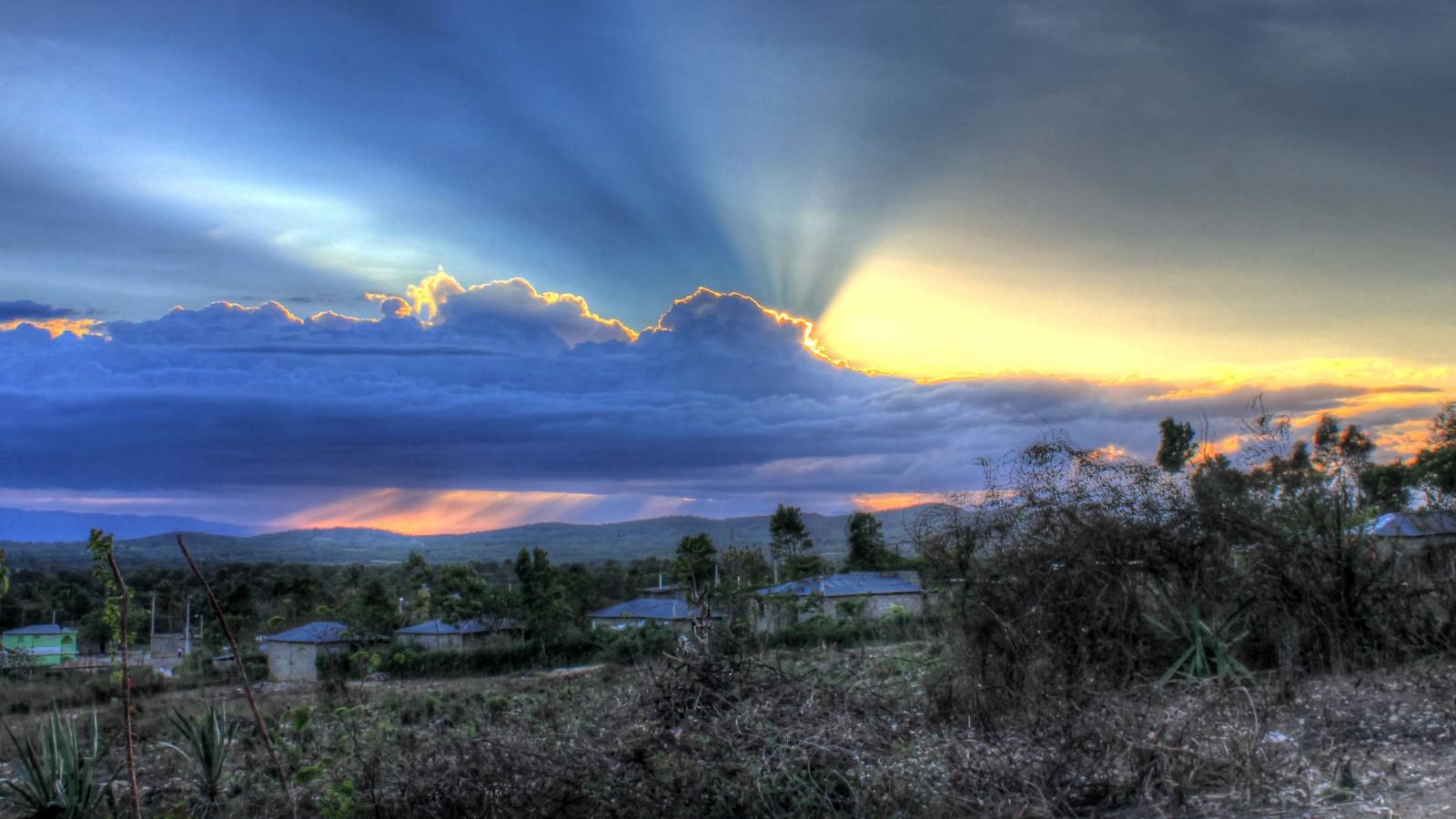Architecture student Brian Houstle has a plan. The plan involves 19 classmates, 18 months of work and planning, $30,000 and—hopefully—two complete homes, come next May, in the rural commune of Pignon in Haiti.
But Brian wants you to know, this is not your typical student humanitarian project; it’s the re-invention of one.
Haiti has more NGOs than any country in the world, known in some humanitarian circles as the “Republic of NGO.” Yet, despite the money and manpower pouring into the country from the four corners of the world, the country still suffers from profound levels of poverty. Reasons for this are many; some humanitarian projects are “one and done” and many do not tap into the country’s labor pool (Haiti has a 40% unemployment rate). Brian and his teammates hope to establish an ongoing partnership between the architecture program (and the greater UMD community) and Pignon, in an effort to break the “work abroad” mold so familiar to the country.
Their maiden trip next spring is being coordinated through Build Abroad, a national construction non-profit. It will serve as a primer for what the team hopes to achieve in years—and trips—to come, as an independent, UMD-centric work/study opportunity.
The trips will certainly build homes; but, ideally, the team envisions that these trips will serve as enriching educational experiences for students, where they can work side-by-side with the community to build sustainable infrastructure. The team hopes to empower community members by providing training and materials that will support continued work throughout the year.
“Work and study abroad programs are great experiences, but we wanted to see if this could become bigger,” explains Brian, who hatched the idea when he was exploring opportunities last fall. “We want this to be more than one, brief experience; we want it to have lasting impact.”
On-going, in-resident projects like this aren’t new to MAPP; architecture students have been returning to Stabiae, Italy annually for over 10 years to help uncover one of the greatest archeology projects of the ancient world. Brian hopes that, by establishing a “humanitarian architecture” program in Haiti, students will gain that same pride and ownership as they watch the progress unfold over time.
Embarking on such a venture is ambitious. The team of 20 has been planning fundraising events (there are many) since January. The $30,000 they raise will pay for local labor, building supplies and the team’s travel and accommodation costs. They are exploring partnerships with other programs on campus and, as there is no such thing as too much help, are constantly looking to grow the team to include staff and faculty mentors. Gerard Boulin, who works for MAPP’s administrative office and who is originally from Haiti, has been working with the team throughout the spring semester. The team is also seeking out “leadership swaps” with other non-profits, where the groups can share their expertise to further their goals.
“A lot of people have come forward who want to help, which has been terrific,” said Brian. “This is a huge undertaking for us and it’s great to have the support of the UMD community.”
The team’s next fundraiser, a lecture/reception event in Annapolis, will explore the organic connection between architecture and social justice. Featuring Greg Kearley, AIA, from Inscape Publico, the event will take place June 1st at the AIA-MD offices. 100% of the money raised goes to the team.

